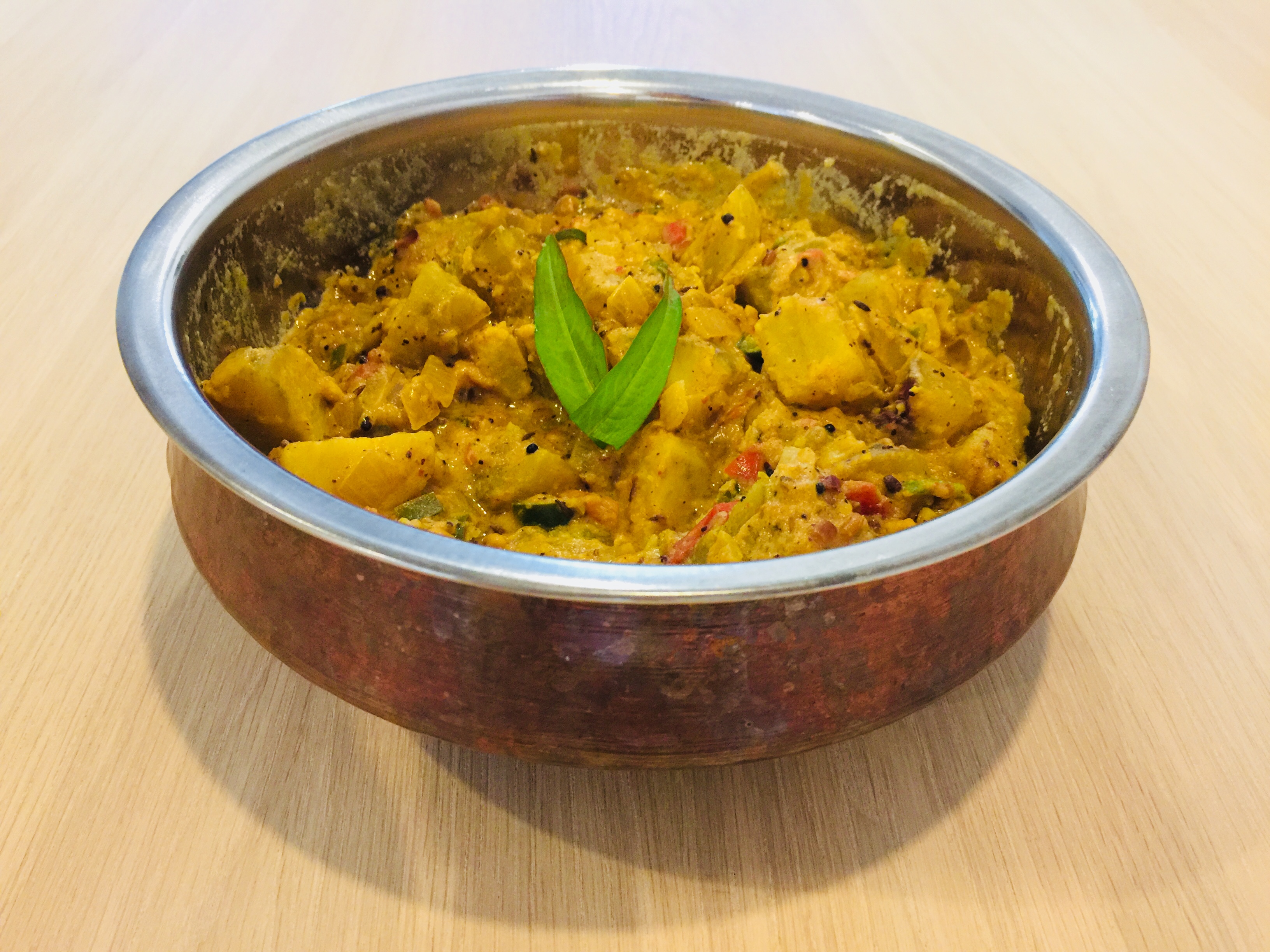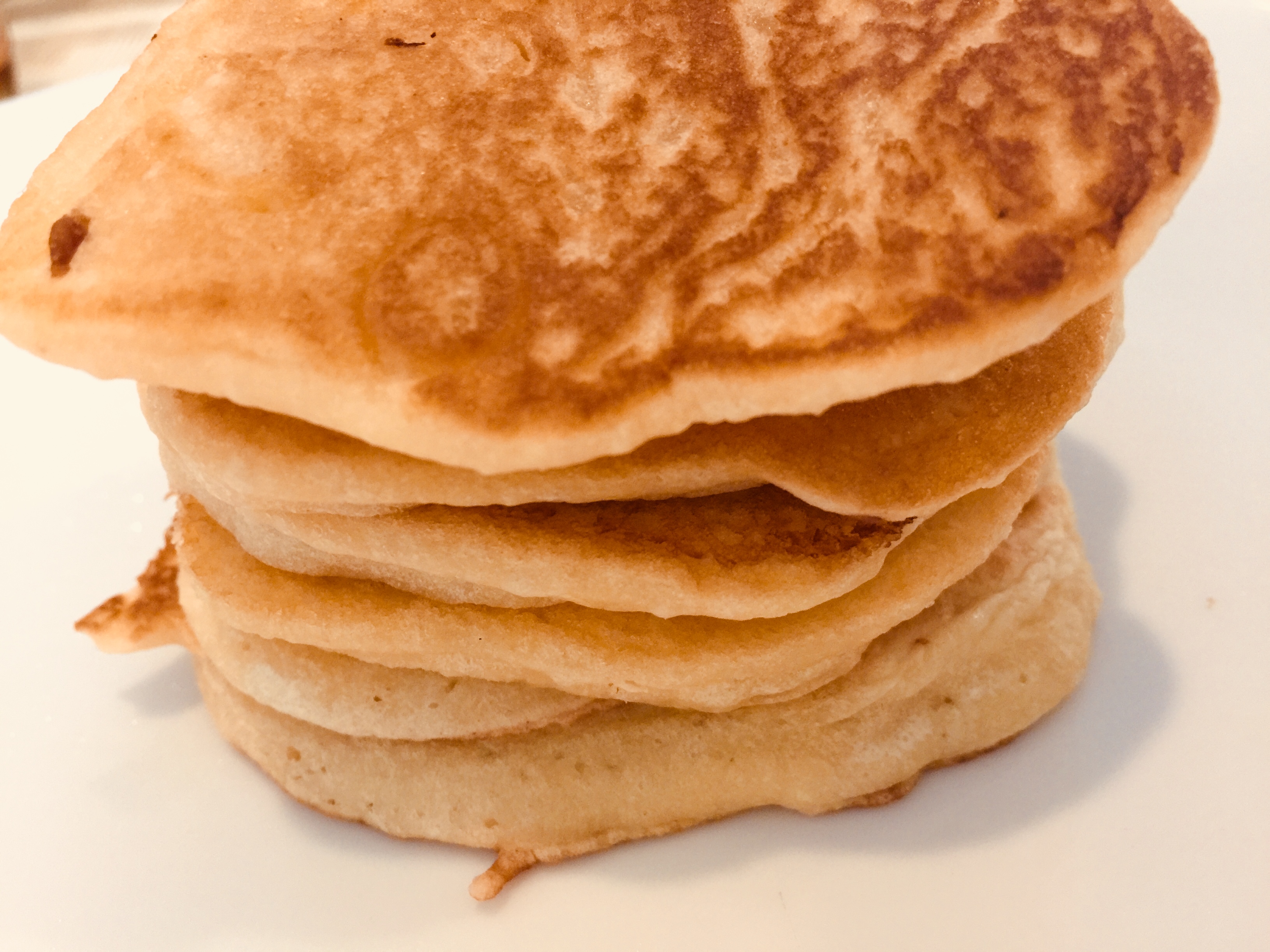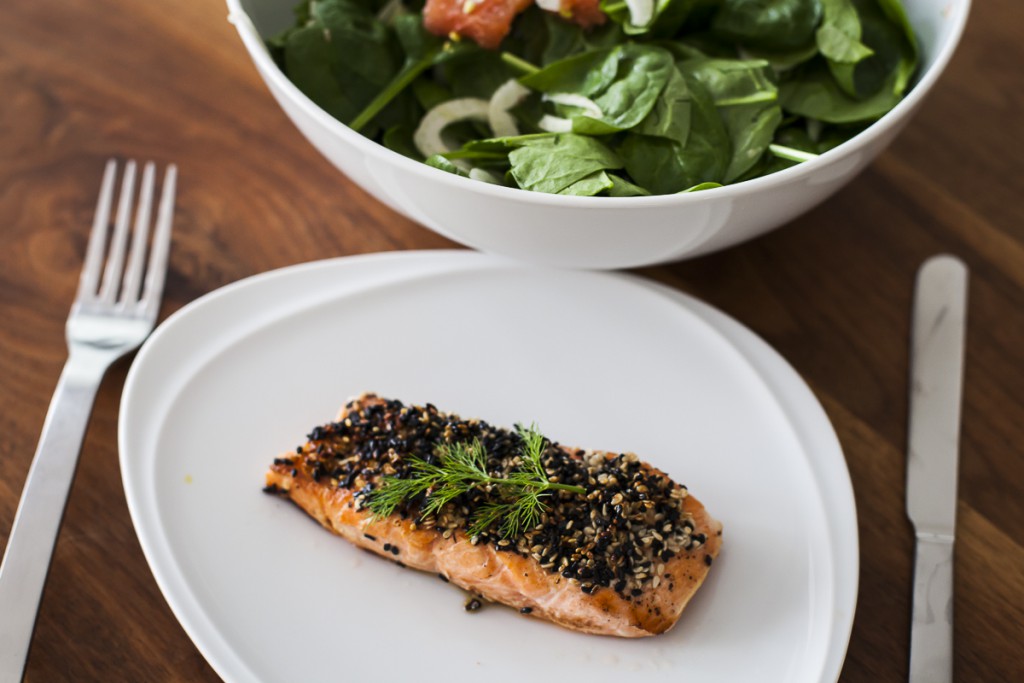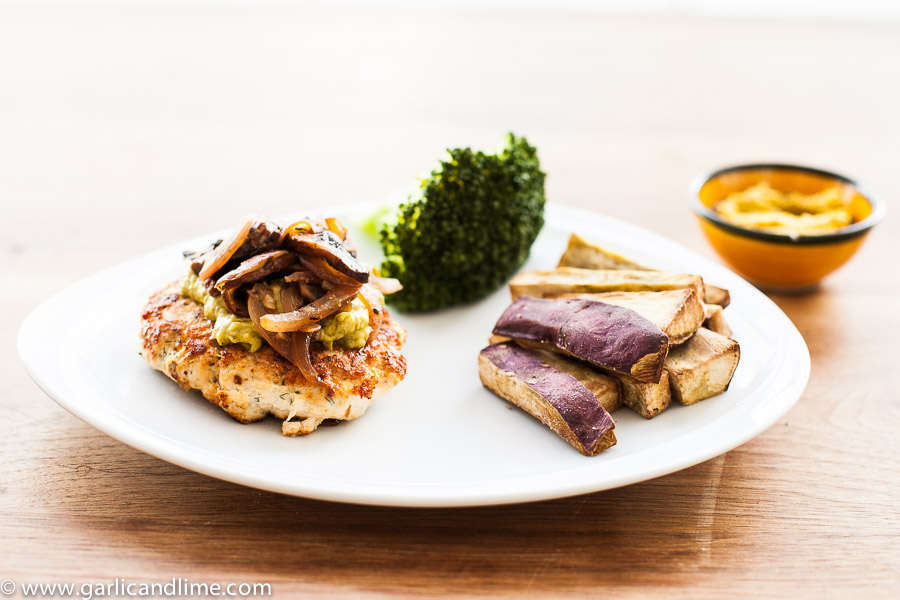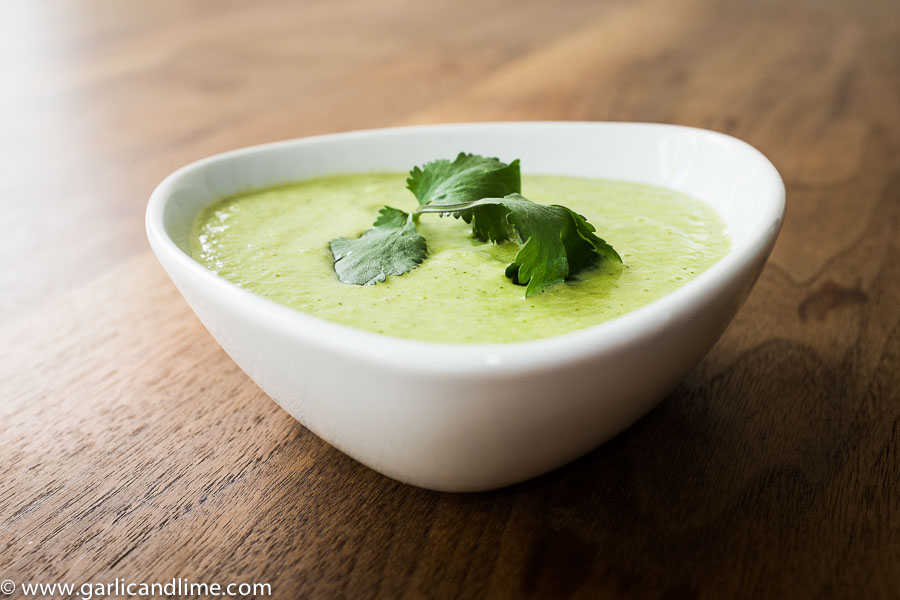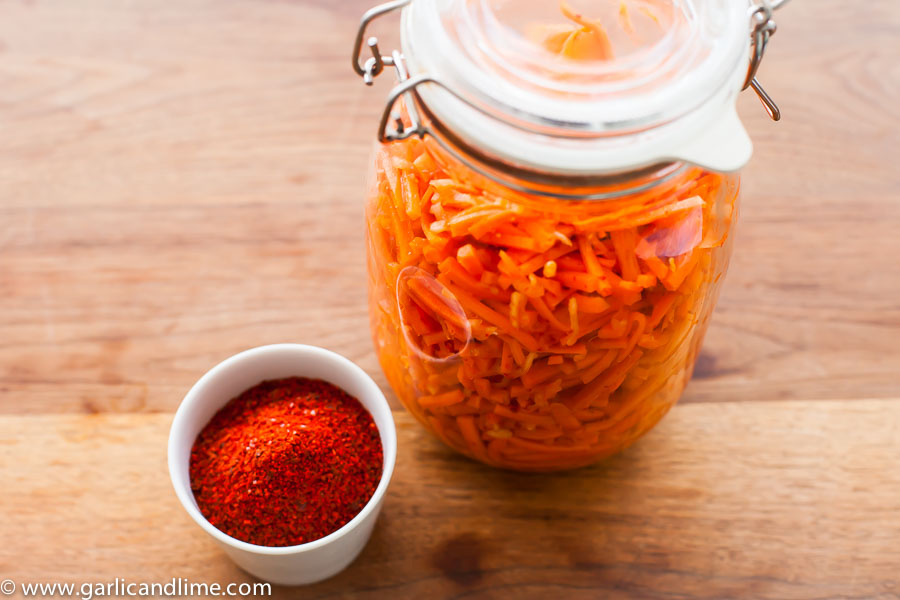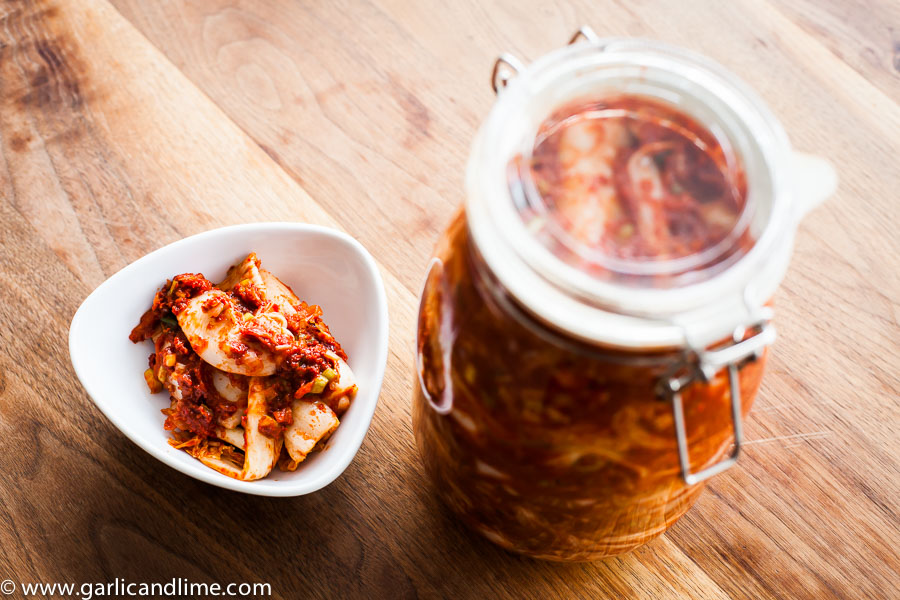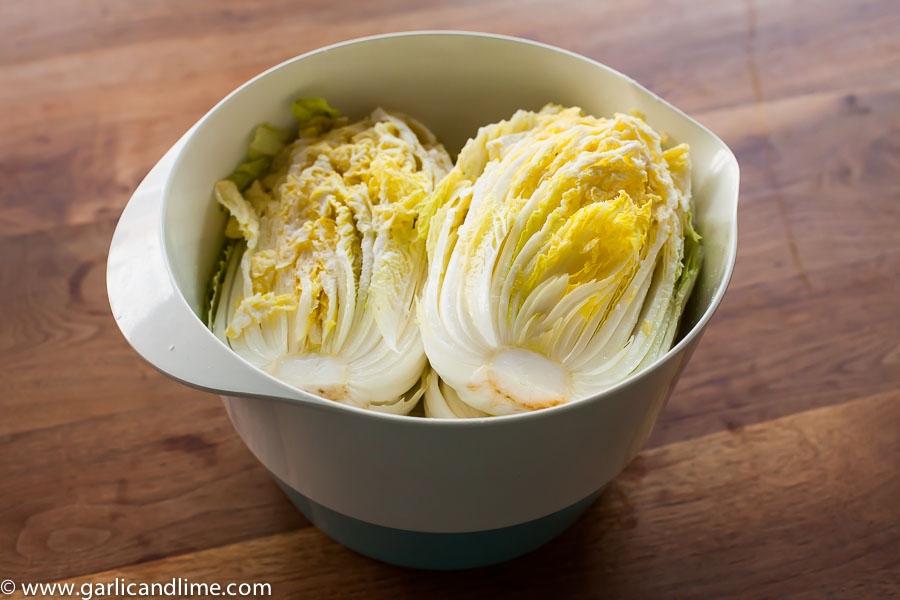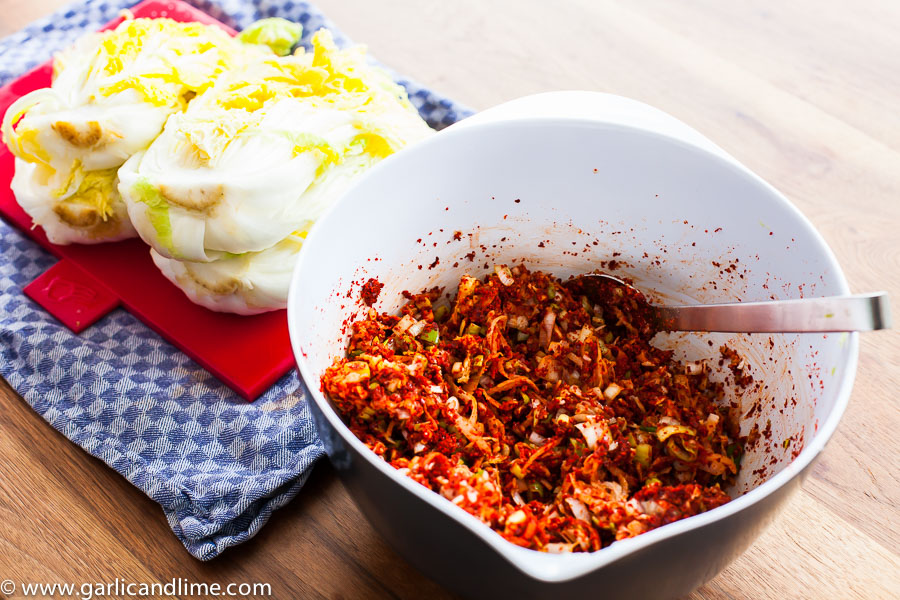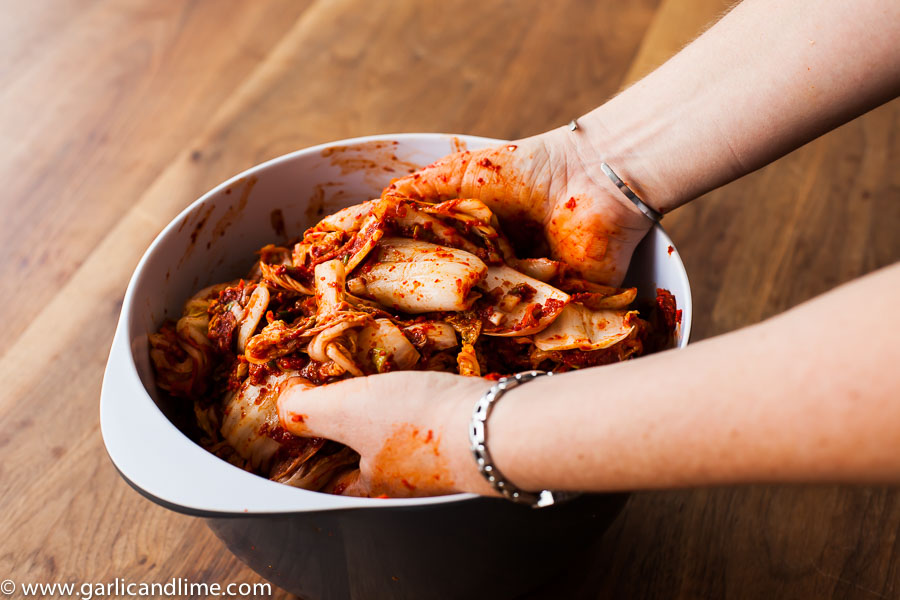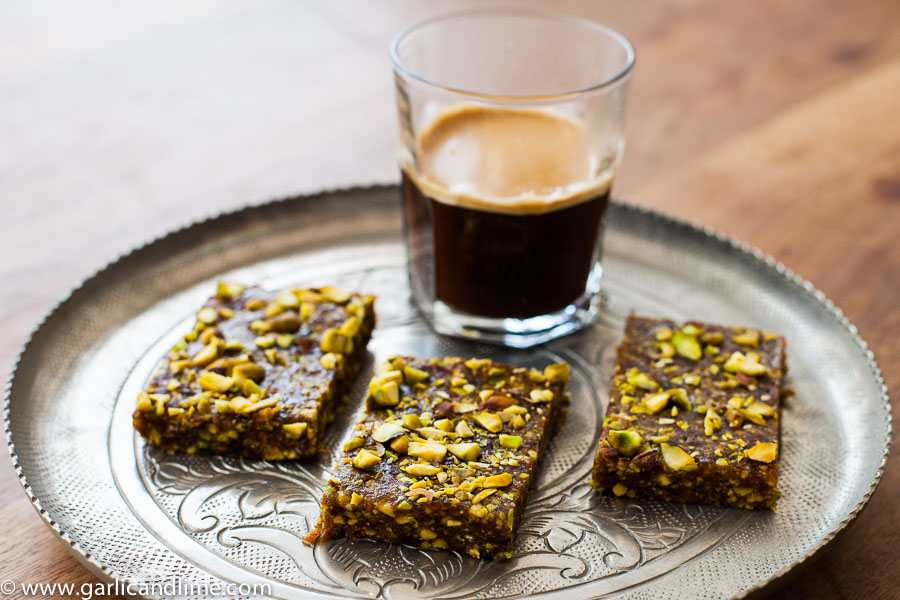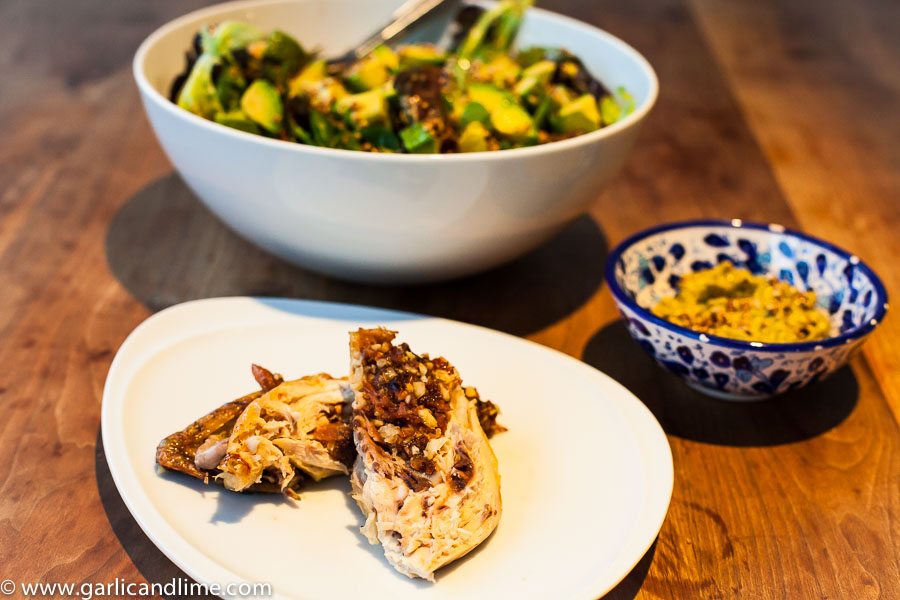When we lived in India I needed to go to Cochin in Kerala for work. The market research session I was attending didn’t start until the afternoon, so I had the morning to explore Fort Cochin. There amoungst the alleyways I found a tiny little bookshop piled high with books. A wonderful little treasure trove. From that store I bought a South Indian Vegetarian cookbook which I love exploring. This recipe is based on that for Urulaikizhangu Saagu which is a Potato Curry from Karnataka. Using sweet potatoes to make a Sweet Potato Curry gives it a slightly richer flavor (and a few more vitamins), and I skipped the process of making homemade coconut milk, and stuck to a store bought can for convenience. It is truly delicious!
Ingredients
- 3 large sweet potatoes
- 1 270ml can coconut milk
- 2 large onions, finely chopped
- 2 green chilies, de-seeded and finely chopped
- 2cm piece of ginger, peeled, grated
- 2 large tomatoes, chopped
- 1/2 tsp turmeric powder
- 1 1/2 tsp salt
Spice paste
- 1 tsp poppy seeds
- 3 dried chillies
- 1 Tbsp Bengal gram or Moong dal
- 1 Tbsp coriander seeds
- 1/2 tsp fennel seeds
- 1 cinnamon stick
Tempering
- 1 tsp mustard seeds
- 1 tsp cumin seeds
- 1 tsp urad dal
- 1 tsp Bengal gram or Moong dal
- 1 dried chilli
- 1 sprig curry leaves
Directions
- Peel the sweet potatoes. Cut into 1-2cm cubes. Cook in salted, boiling water until tender. Drain and set aside
- Grind ingredients for spice paste in a mill accessory on a blender or food processor. Gradually add 2-3 Tbsp to make a paste
- Heat some oil in a large frying pan. Add all the Tempeeing ingredients and fry until the mustard seeds start to splutter
- Add the onions to the Tempered spices and fry until golden, around 3 minutes
- Add green chilies, ginger, tomatoes, turmeric, and salt. Fry for about 2 minutes
- Add 1 cup of water and turn up the heat (from 6 to 7 on an induction cooktop). Simmer for 4-5 minutes stirring occasionally
- Turn down the heat (to 6 on an Induction cooktop). Mix in the spice paste and sweet potatoes and cook for a further 5 minutes, stirring frequently to ensure all ingredient should are well mixed together and the mixture does not catch on the pan
- Pour in the can of Coconut Milk and stir to combine thoroughly. Simmer for a few minutes over a low heat.
- Serve with rice, idli, dosa, or roti

